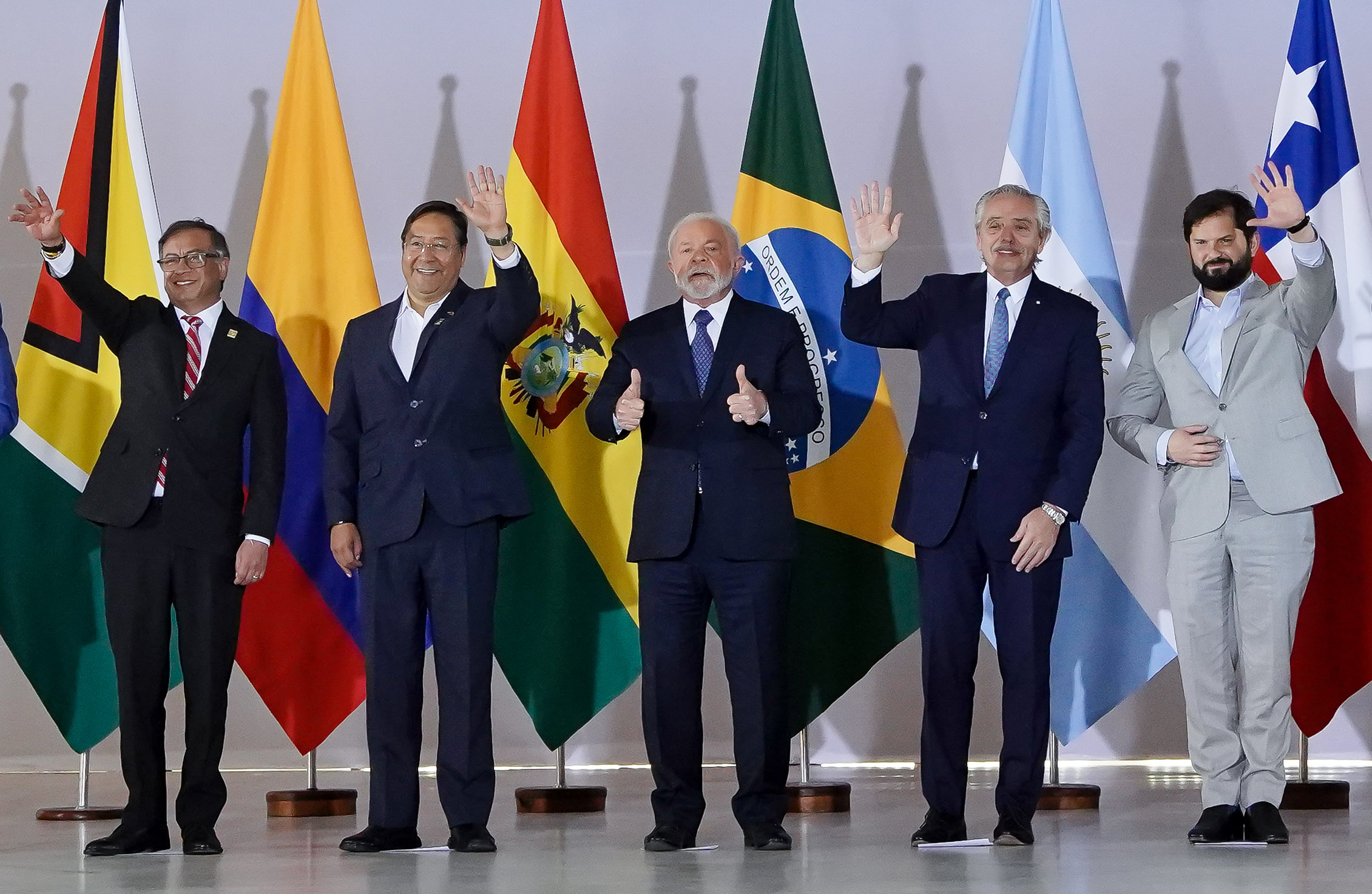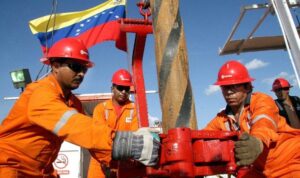
Published 05/30/2023 19:02 | Edited 5/31/2023 4:41 PM
President Luiz Inácio Lula da Silva proposed this Tuesday (30th), at the summit of South American countries promoted by Brazil, the creation of a common currency for commercial purposes among the 12 countries in the region. The proposal is part of a series of ten measures suggested by the president to boost regional integration.
Before suggesting the measures, the president made it clear that the initiatives were just suggestions and that the issues would still be discussed throughout the day by the South American representatives. Among the questions for analysis are measures to expand the integration of countries in the region in the energy area, in trade agreements and in the mobility of students and researchers.
According to the Brazilian, the initiative for a common currency would be a way of deepening the South American identity in the monetary area. Lula’s proposal is not to change the real or the national currencies of other countries, which are commonly used by the population, but to institute one just for payments on imports and exports.
Also read: Brazil brings together 12 South American governments, after eight years of isolation
Lula has already stated that he “dreams” with the creation of a currency for foreign trade purposes like the euro, of the European Union, by the BRICS countries. In addition, the central banks of Brazil and China began to cooperate this year, so that trade and investment between the two can be carried out by circumventing the use of the dollar. Through clearinghouses, the conversion would be made directly from the real to the yuan, without the need to exchange currencies for US money.
“No country can face today’s systemic threats alone. It is only by acting together that we will be able to overcome them. Our region has solid assets to face this world in transition. The combined GDP of our countries this year should reach 4 trillion dollars. Together we are the fifth global economy”, highlighted Lula.
The idea has been discussed due to the dollar shortage and the impacts on trade of the monetary policy of important trading partners, such as Argentina. Since January, the Argentine president, Alberto Fernández, has been discussing the issue with Lula.
The two countries have already established bases for transactions like this in the past, but the mechanism did not take off. The Argentine and Brazilian central banks signed an agreement to create the local currency payment system in 2008.
Read also: The controversy over Venezuela and Brazil’s place in the multipolar world
The proposal is part of an opportunity arising from international geopolitics. Since the housing crisis in the US in 2008, several countries have begun to discuss the hegemony of the dollar in the international economy, something that has been accentuated by the war in Ukraine.
On recent trips to the G-7 summit, in Japan, and to China, Lula discussed the issue. The theme is delicate due to the way it confronts Washington, and is echoed in Beijing and Moscow. In addition, Lula said that she hopes to see this discussion advance in the New Development Bank of the BRICS (Brazil, Russia, India, China and South Africa), a financial institution chaired by Dilma Rousseff.
regional integration
The resumption of Unasur (Union of South American Nations), as a dialogue mechanism, was also proposed by Lula. This time, the rule of decisions taken by consensus must be made more flexible, so that they can advance through a majority of votes.
With that, Lula suggested the appointment of a trusted presidential representative to form a dialogue committee in order to make decisions, within a period of 120 days, regarding the proposals discussed this Tuesday. Called the High Level Group, this commission of presidential advisers should present an institutional design for cooperation between countries.
Read also: Lula suggests UNASUR reform for continental cooperation
The Brazilian president made a total of ten proposals to the South American peers. Lula shared the following proposals:
- common currency: creation of a “common reference unit for trade, reducing dependence on extra-regional currencies” and more efficient compensation mechanisms.
- Economy: putting regional savings at the service of economic and social development, mobilizing development banks such as CAF, Fonplata, Banco do Sul and BNDES;
- Regulation: implement regulatory convergence initiatives, facilitating procedures and reducing bureaucracy for exporting and importing goods;
- Cooperation update: expand state-of-the-art cooperation mechanisms, involving services, investments, electronic commerce and competition policy;
- Infrastructure: update the project portfolio of the South American Infrastructure and Planning Council (COSIPLAN), reinforcing multimodality and prioritizing high impact proposals for physical and digital integration, especially in border regions;
- Environment: develop coordinated actions to face climate change;
- Health: reactivate the South American Institute of Government in Health, in order to allow the adoption of measures to expand vaccination coverage, strengthen the health industrial complex in the region and expand assistance to needy populations and indigenous peoples;
- Energy: launch the discussion on the constitution of a South American energy market, which ensures supply, efficient use of resources in the region, legal stability, fair prices and social and environmental sustainability;
- Education: create a regional mobility program for students, researchers and professors in higher education, something that was so important in the consolidation of the European Union;
- Defense: resume cooperation in the field of defense with a view to providing the region with greater education and training capacity, exchange of experiences and knowledge in matters of military industry, defense doctrine and policies.
Source: vermelho.org.br

